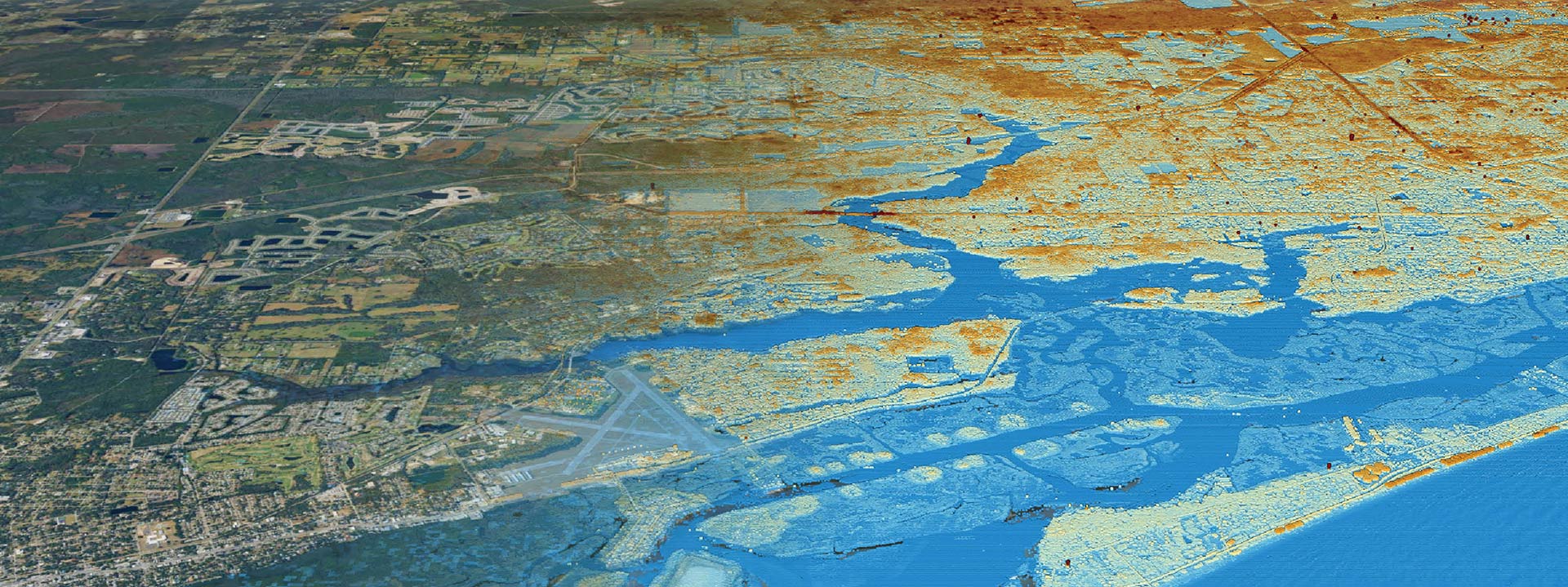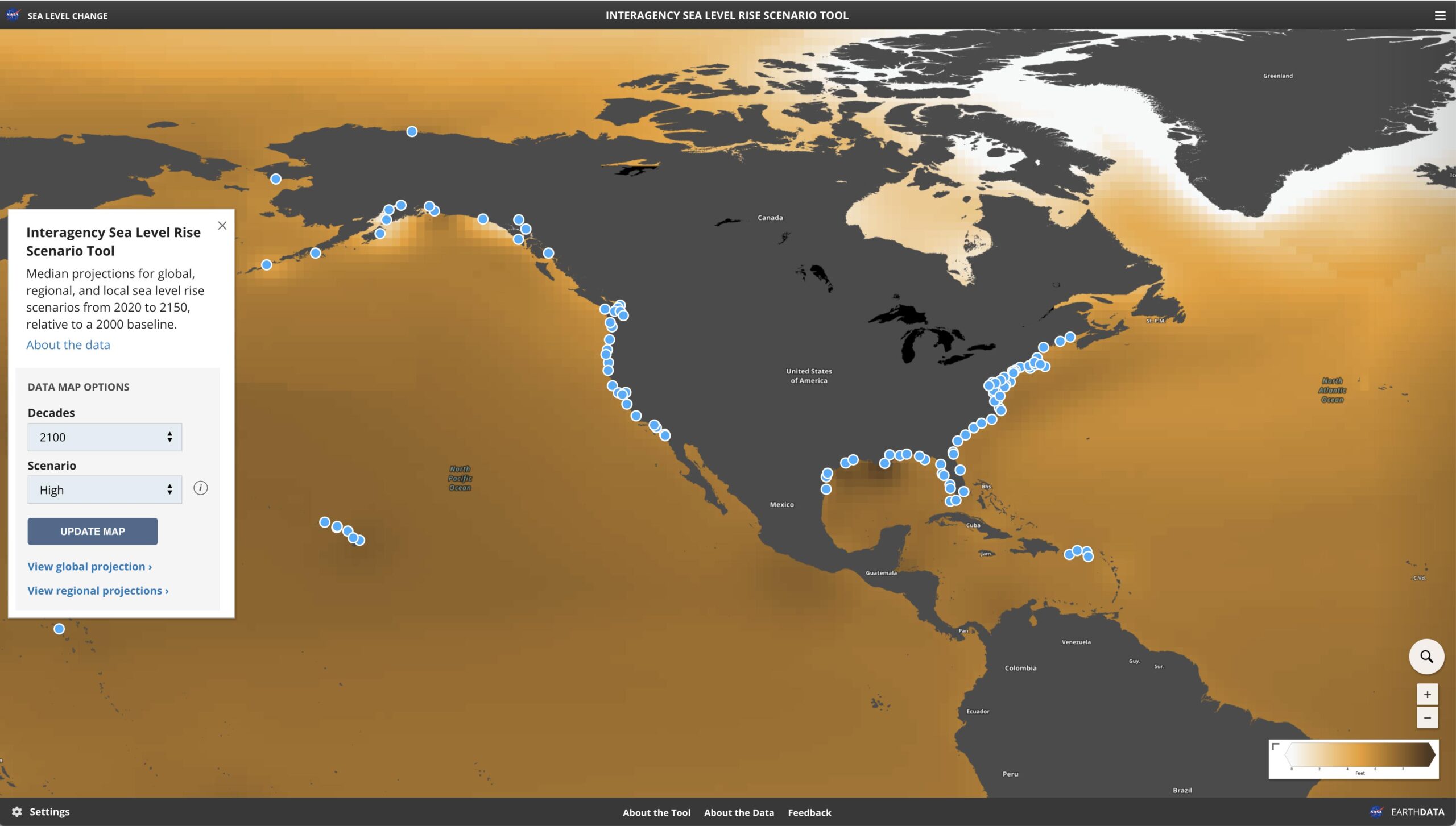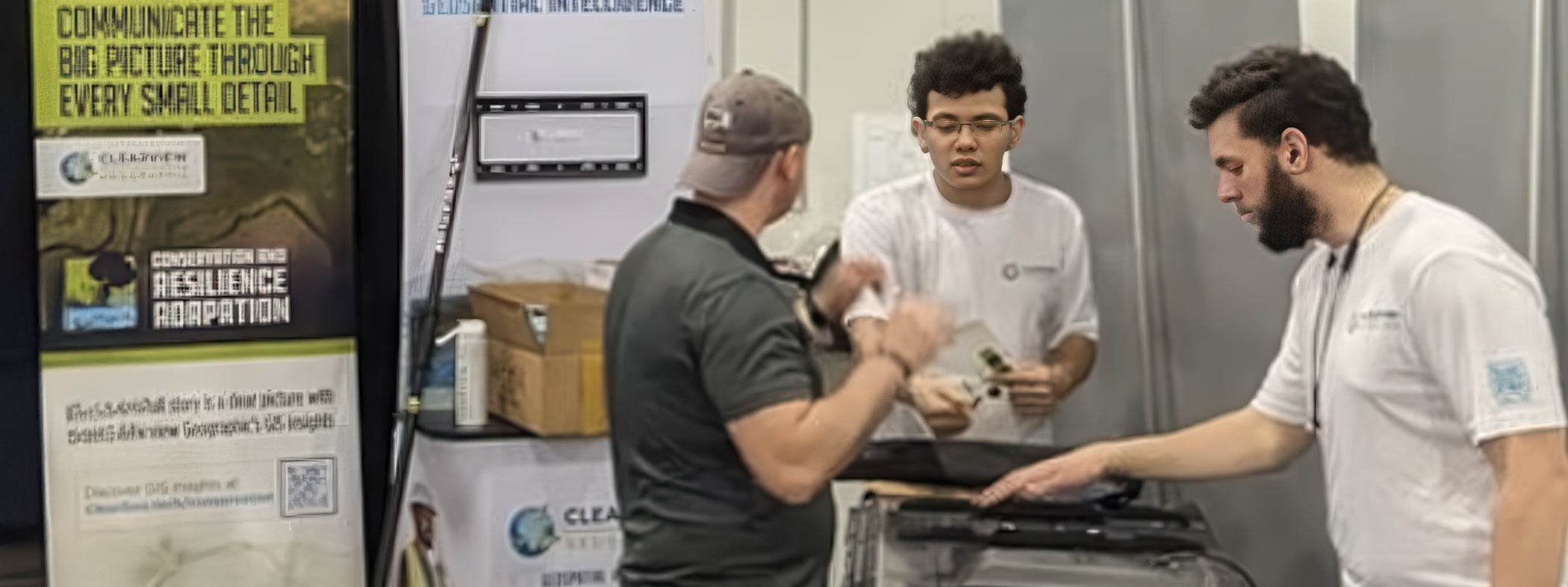Women’s Achievements in GIS: Breaking Barriers
Women have made significant contributions to the Geographic Information Systems (GIS) field since its inception. Even though women are still underrepresented in the tech industry, many have broken through the barriers to become influential figures in GIS. From developing innovative GIS technologies to using spatial data to address social issues, women have been at the forefront of the GIS industry, making incredible advancements and pushing the boundaries of what’s possible.
One of the most notable women in the GIS field is Dr. Dawn Wright, who is a renowned geographer and oceanographer. Dr. Wright is currently the Chief Scientist at Esri, one of the world’s largest GIS companies, and a professor of oceanography at Oregon State University. She has been a leader in GIS for more than three decades, working on projects such as the Ocean Basemap initiative and the National Geospatial Advisory Committee. Her contributions to the field of GIS have been recognized with numerous awards, including the Distinguished Alumni Award from the University of California at Santa Barbara and the Lifetime Achievement in Science Award from the American Association for the Advancement of Science.
Another notable woman in the GIS field is Dr. Lisa-Jen Ferrato, who is a professor of GIS and Remote Sensing at California State University, Sacramento. Dr. Ferrato’s work focuses on using GIS to address environmental and social issues, such as climate change, urbanization, and environmental justice. She is also the author of several GIS textbooks, including “GIS Tutorial for Health,” which teaches students how to use GIS to analyze and understand public health issues.
Dr. Cynthia Brewer is another influential woman in the GIS industry. She is a professor of geography at Pennsylvania State University and the creator of the widely-used ColorBrewer tool for selecting color schemes for maps. Dr. Brewer’s research focuses on cartography, visual perception, and map design, and she has contributed to numerous GIS projects, including the National Atlas of the United States.
Women have also been making significant contributions to GIS software development. Dr. Laura Tateosian is a professor of computer science at North Carolina State University and the developer of the VisIt software package for visualizing and analyzing large scientific datasets, including GIS data. Dr. Tateosian’s research focuses on scientific visualization, high-performance computing, and immersive analytics, and she has been recognized for her contributions with several awards, including the IEEE Visualization Technical Achievement Award.
In addition to these influential figures, there are many other women who have made significant contributions to the GIS field. From using GIS to analyze crime patterns to mapping endangered species habitats, women are using spatial data to tackle some of the world’s most pressing issues. It is essential to recognize and celebrate their contributions, not only to honor their achievements but also to inspire future generations of women to pursue careers in GIS.
In conclusion, women have been breaking through the barriers in the GIS industry and making significant contributions to the field for decades. Their work has had a tremendous impact on the industry and on society as a whole. As we continue to advance GIS technologies and apply spatial data to address social issues, it is crucial to recognize and celebrate the contributions of women in this field and encourage more women to pursue careers in GIS.



